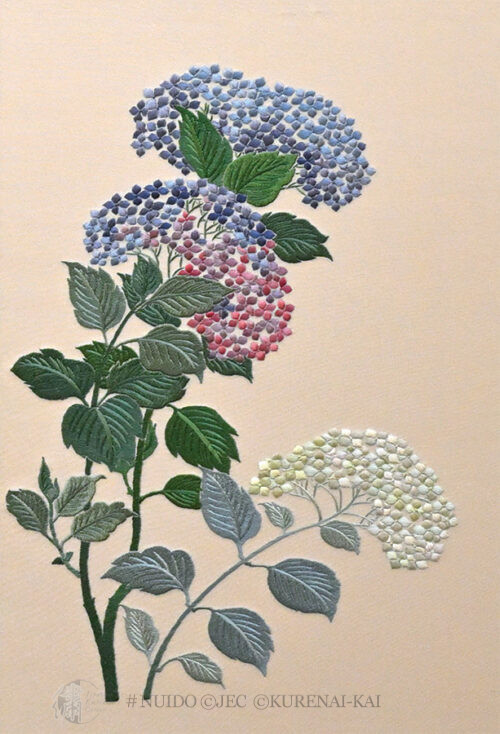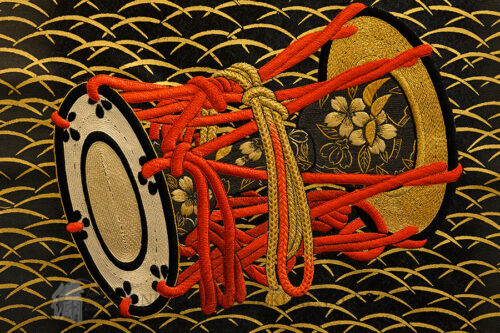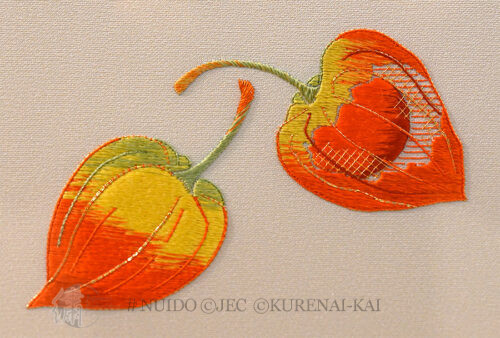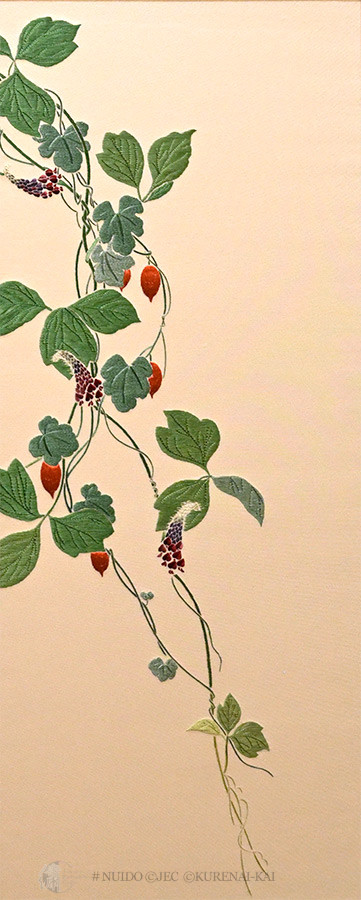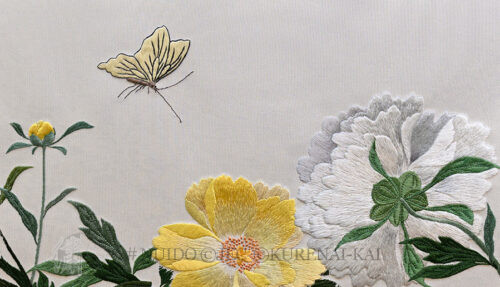Tango no Sekku, Boy’s Day also known as Ayame no Hi (Iris Festival), is one of the traditional ceremonies wishing for the son to grow strong and healthy just like the samurai.
-

We all have memories of the spring grasses we saw in childhood. This obi design expresses the beautiful, yet humble wildflowers of Japan that tickle our curiosity. When we search for a design motif, we truly cherish the old references, although it might be refreshing to just go out for a walk to look for new ideas.
-

Based on the Cyclical perspective of life, we see life as a cycle.
The four seasons of spring, summer, autumn, and winter, which nature repeats, cannot be replaced and each season has its own brilliance.
Winter, when the weather turns bitterly cold. This is the time when the trees prepare for the next spring, dreaming of its next arrival.




